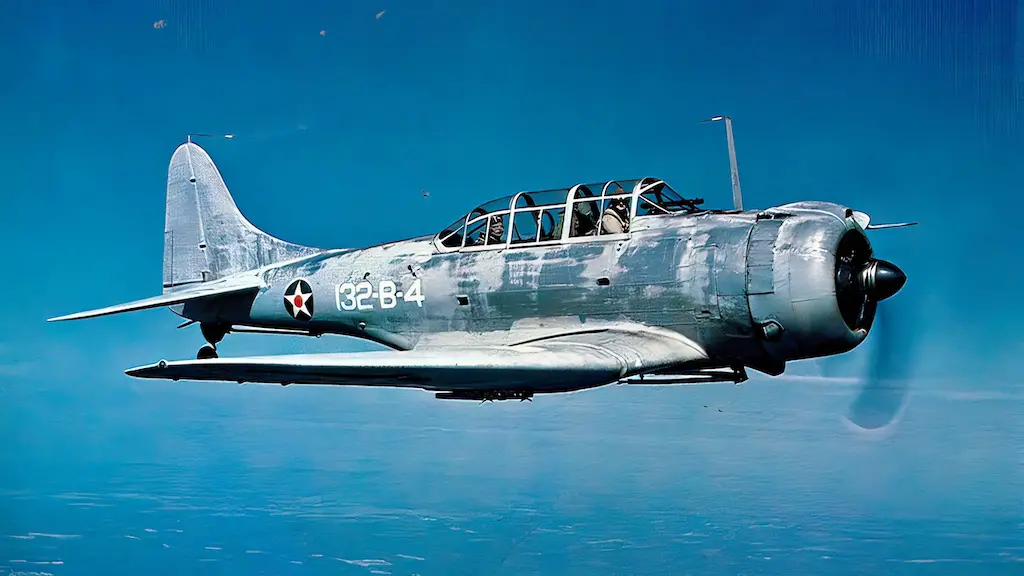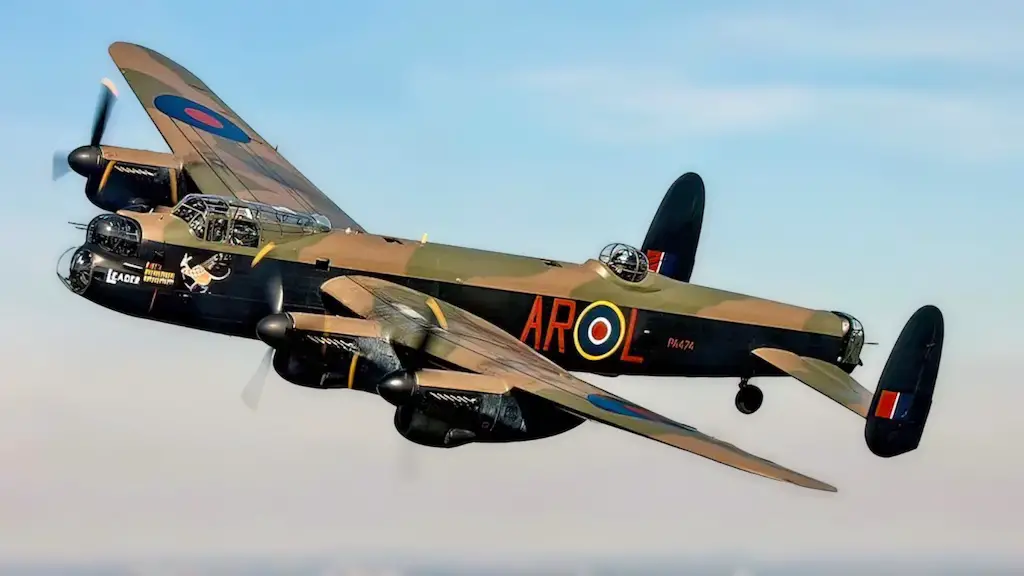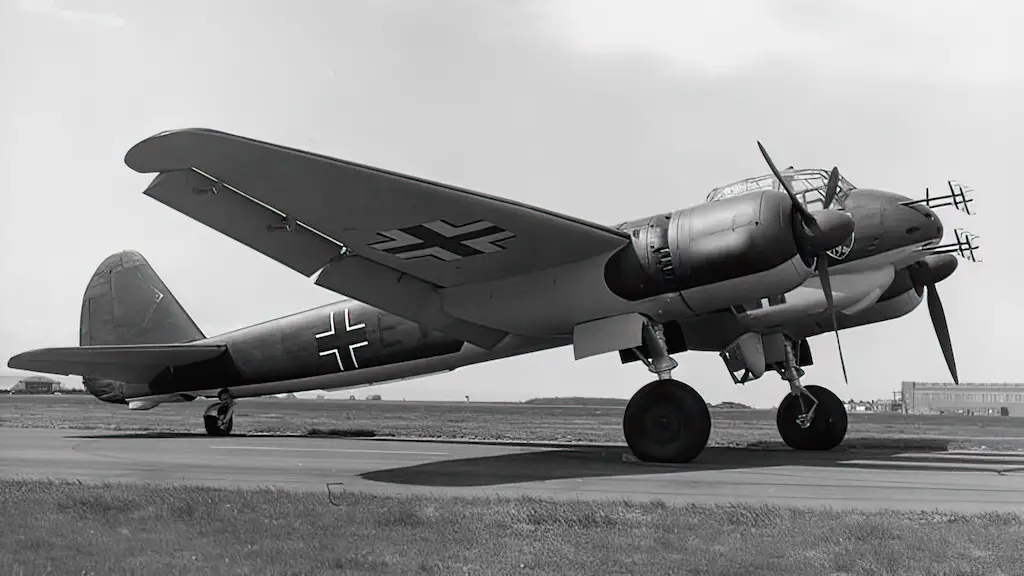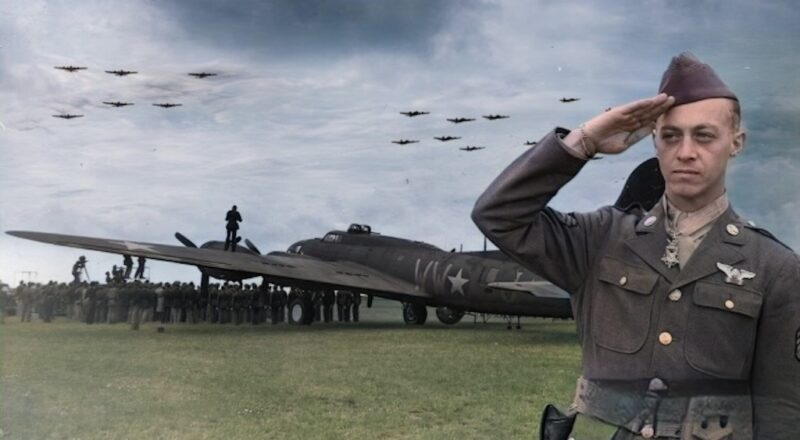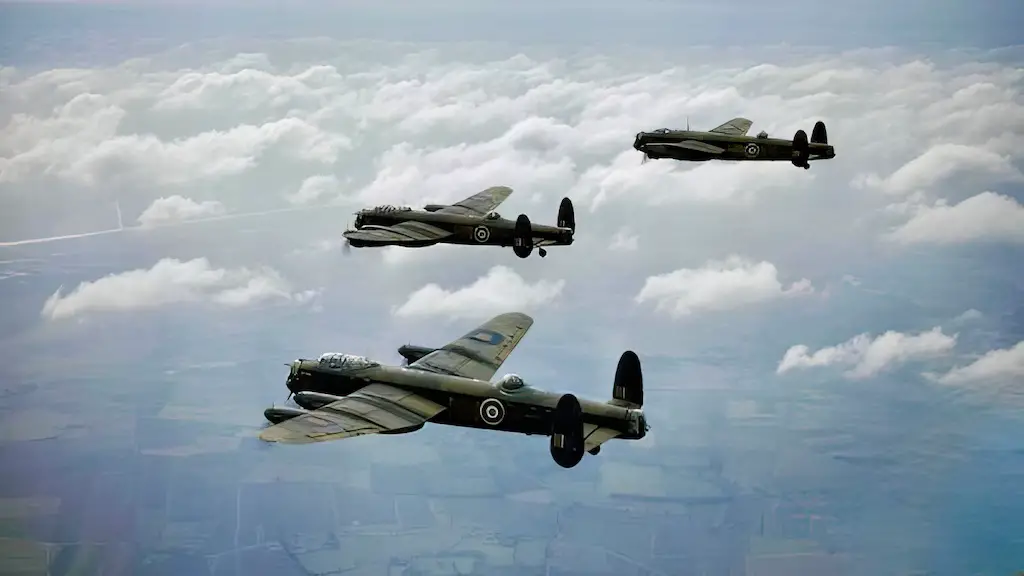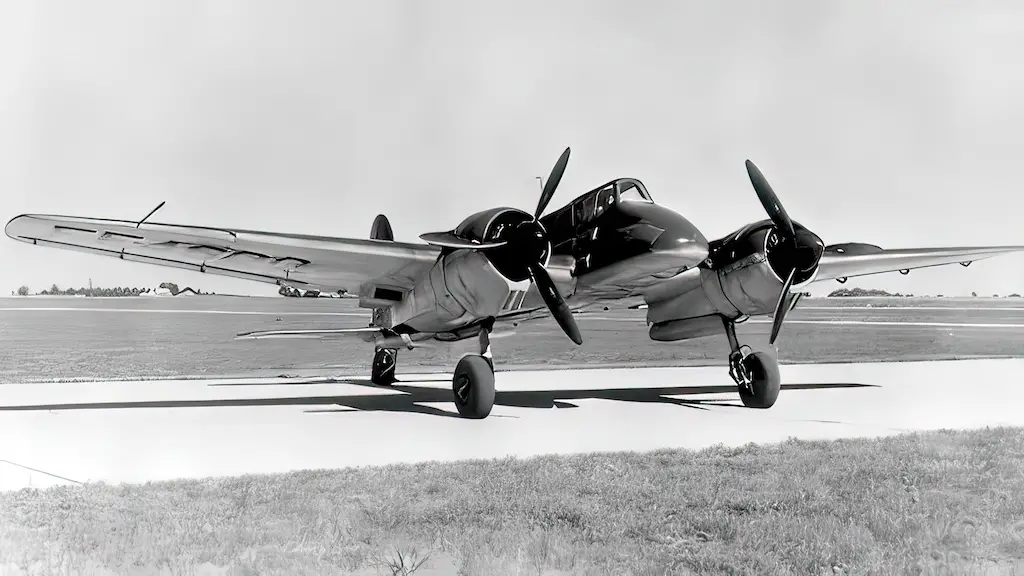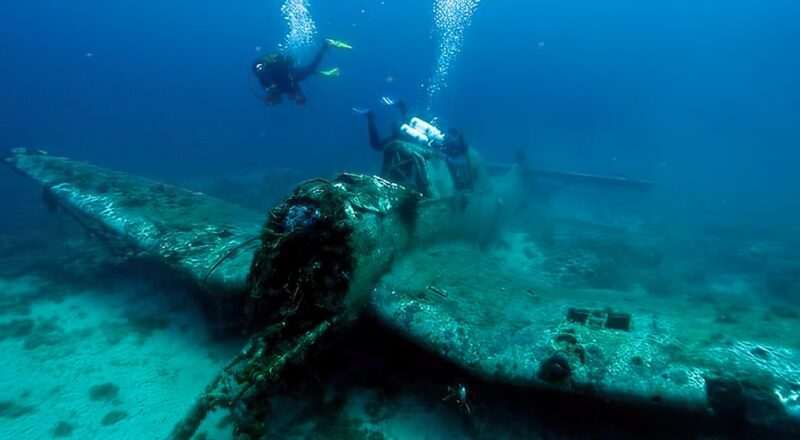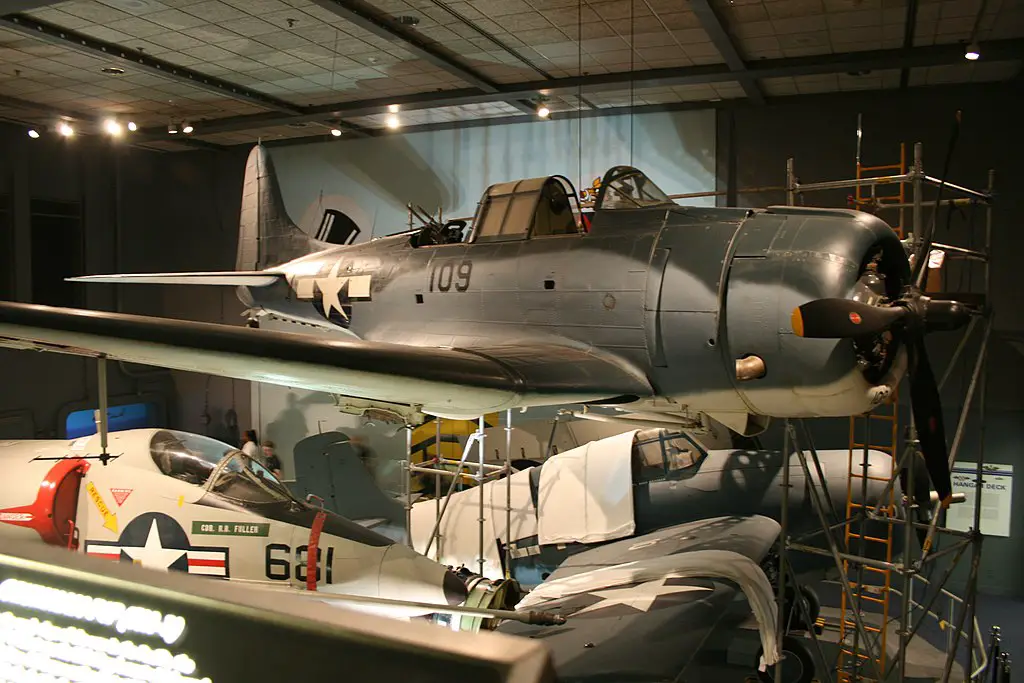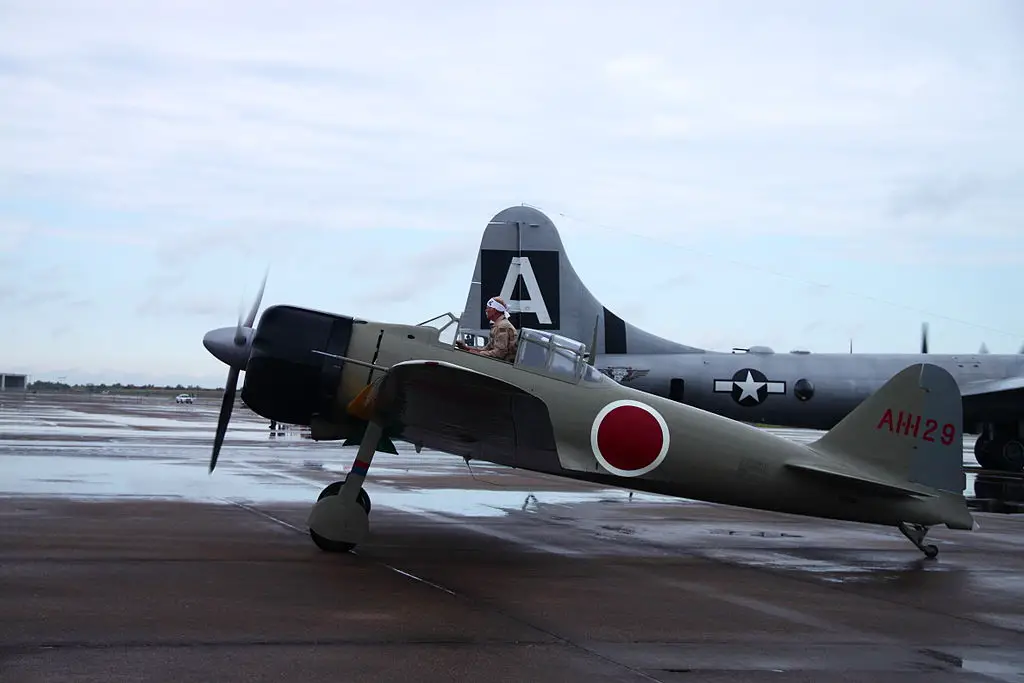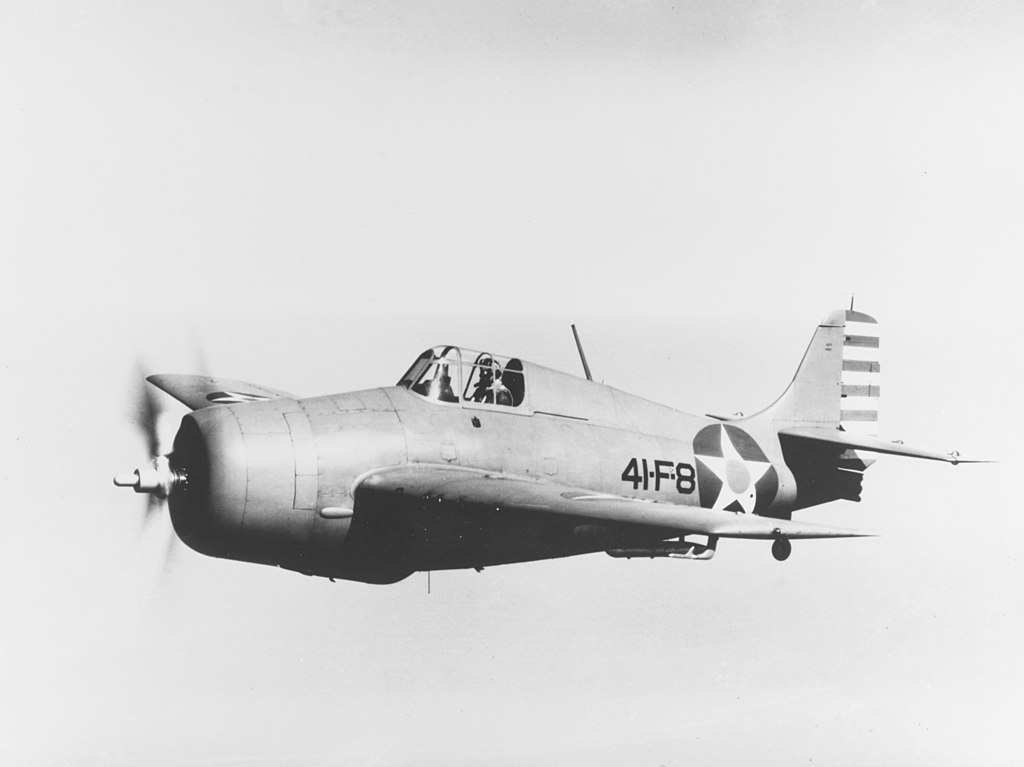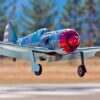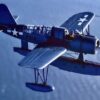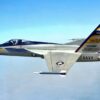Aircraft origins
Designed as a light bomber and reconnaissance aircraft by designer Ed Heinemann who worked for Jack Northrop. The Dauntless SBD (Scout Bomber Douglas) despite being slow and low-tech, it would change the course of the Naval Pacific war. It served during WWII with the US Navy, US Marines and US Army air squadrons.
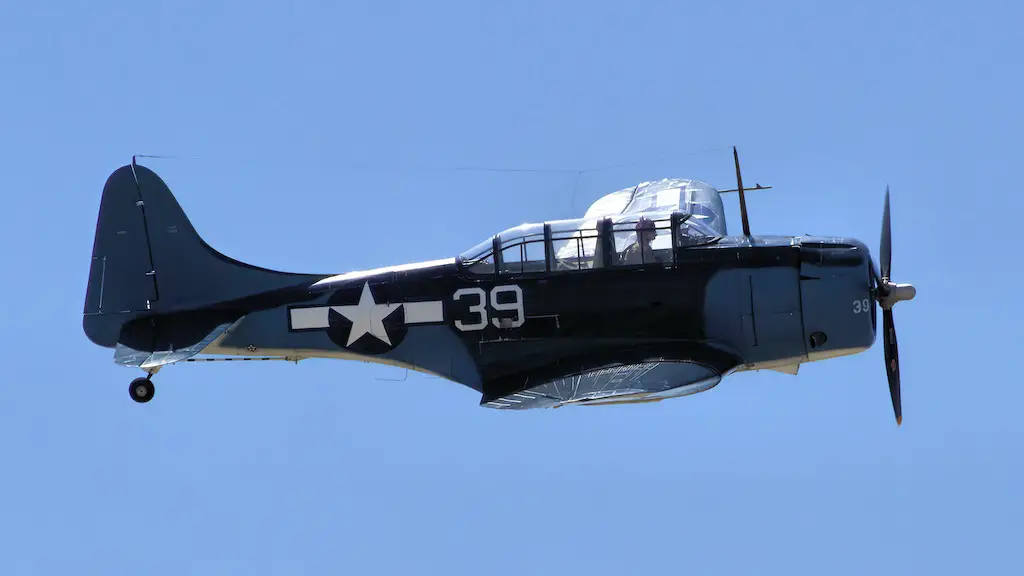
Design
The airplane originated with the design of the Northrop BT-1, powered by a 700 hp Pratt & Whitney R-1535-64 Twin Wasp Junior engine. Northrop was dissolved on September 8, 1937 and Northrop designs continued production under Douglas.
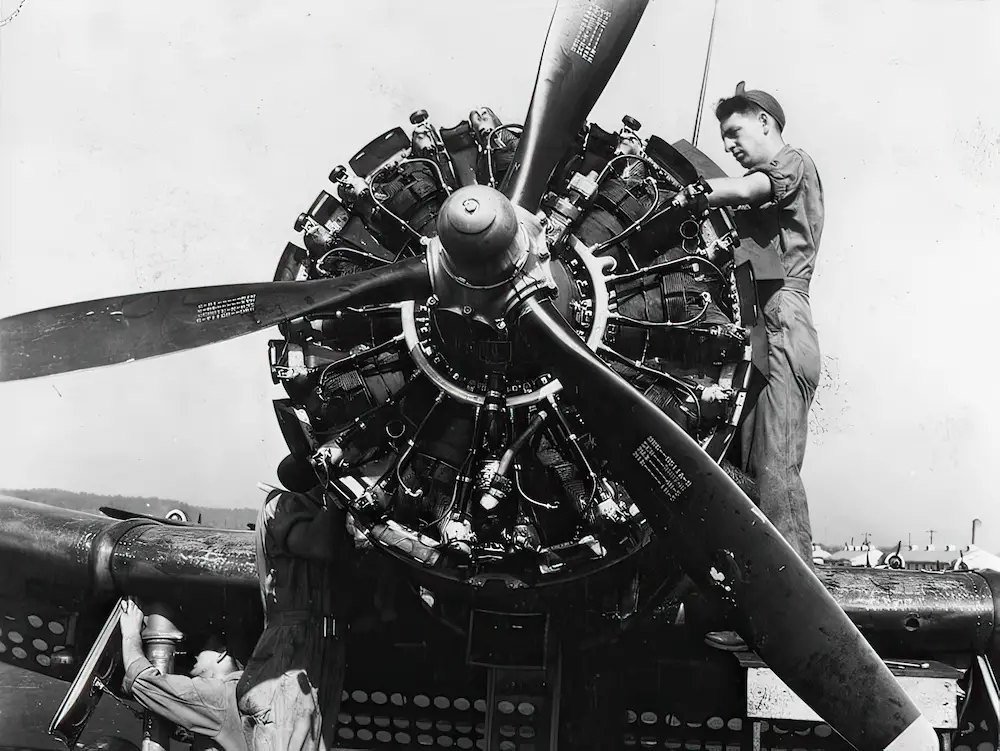
On November 28, 1937, numerous major modifications were ordered on the BT-1, one of which was the landing gear being changed from retracting backwards into large fairing trousers beneath the wings, to folding laterally into recessed wheel wells. The new model XBT-2, became the forerunner of the now well known Dauntless.
Configuration
The configuration of the Dauntless was a three spar, low-wing, cantilever monoplane of all-metal construction, except for the fabric covered flight controls. It had a two-man tandem cockpit with emergency flight controls for the rear gunner.
The rear cockpit control stick could be unclipped from the left cockpit sidewall and inserted into a socket in the floor. The gunner did not have control over the landing gear or tail hook, but he had just enough control that he could return to the carrier and ditch nearby.
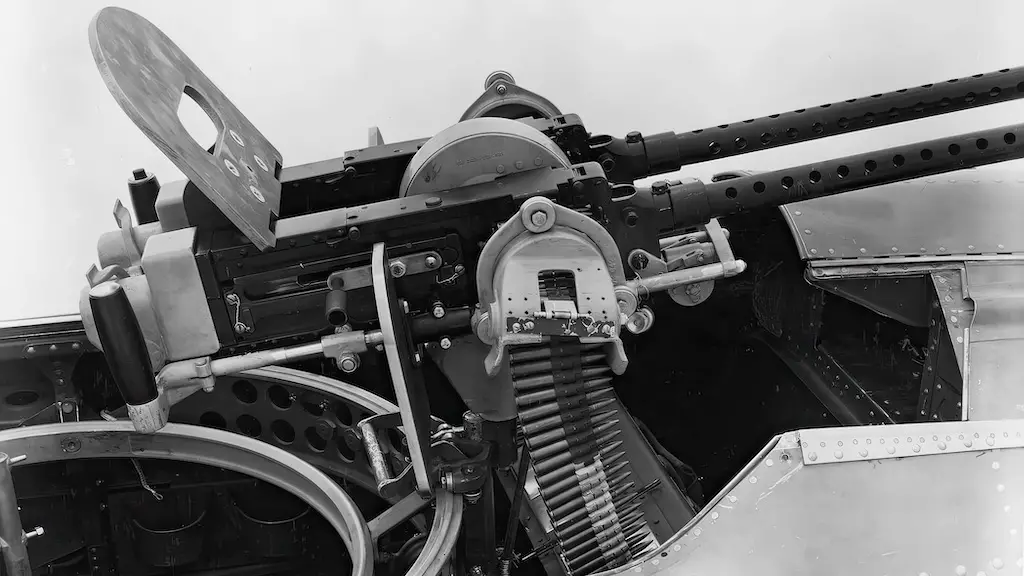
Distinctive feature
The hydraulically actuated perforated split-flaps and dive-brakes were the most distinctive feature of the Dauntless. This detail was developed on the BT-1 after serious tail buffeting was experienced while diving.
318 slightly ovalized three-inch holes were drilled into the flaps upon the suggestion of the National Advisory Committee for Aeronautics. When the buffeting complaint first surfaced during testing with the flaps fully open, Ed Heinemann took a ride in the backseat to see for himself.
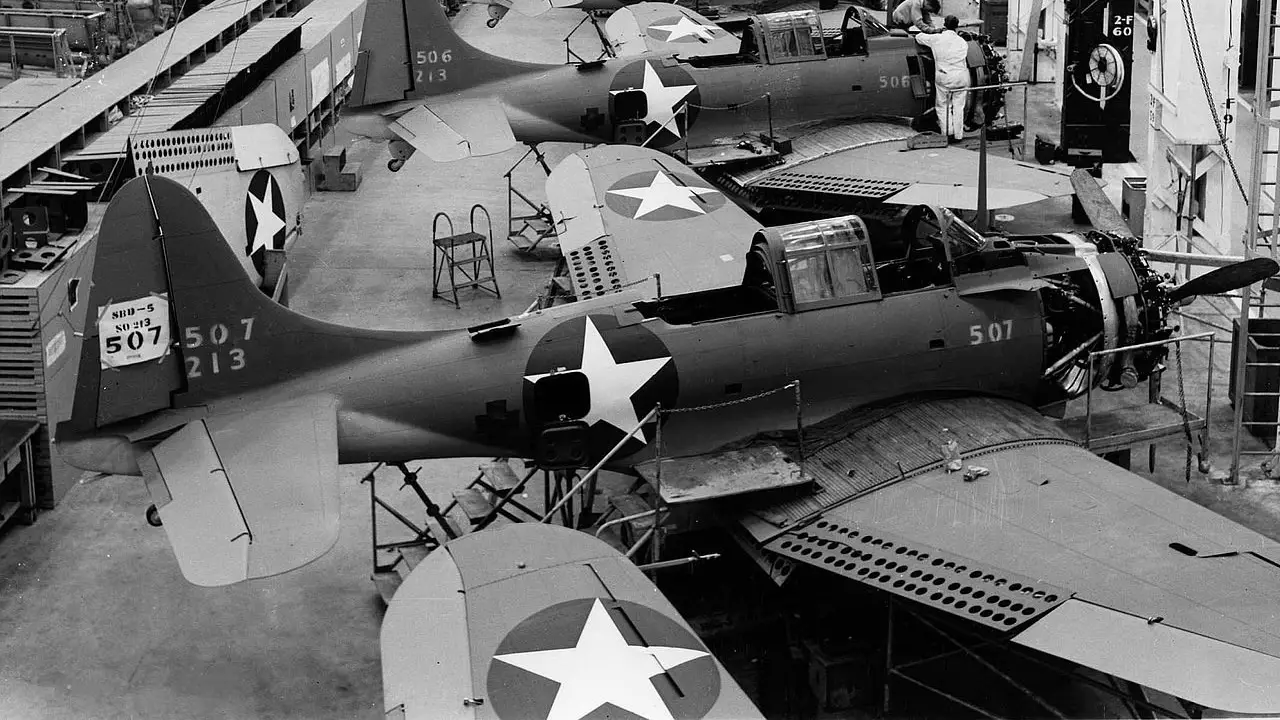
The horizontal stabilizers flapped through a two-foot arc which he admitted, “scared the hell out of me.” After running out of solutions to correct the problem, Heinemann contacted the NACA for assistance. After wind-tunnel tests were performed, it was suggested that the single wave generated by the flaps be broken up into smaller eddies by perforating the flaps.
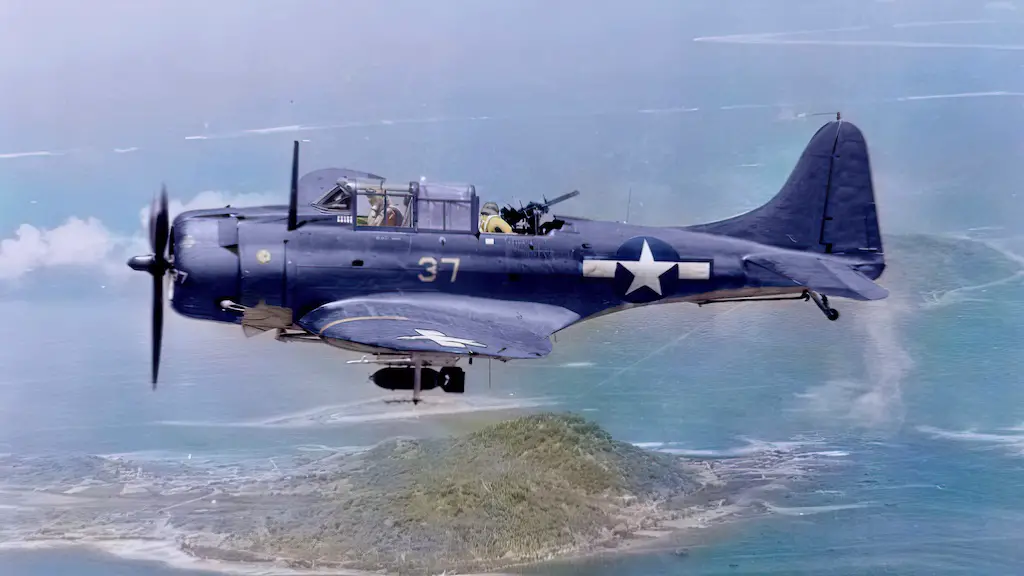
Modifications complete
After the modification was completed, test pilot Vance Breese reported that the NACA recommendation was entirely successful. Despite anticipation that the hole-pattern would affect total-lift, this was found not to be the case. Furthermore, it was found that the aircraft could be slowed even greater using both the dive-brakes and flaps together without re-inducing tail buffeting.
Battle of Midway
It has been said that the Battle of Midway marked the turning point in the Pacific Theater of World War II. According to several sources, the Japanese lost 332 aircraft, four carriers, one heavy cruiser, and approximately 2,500 soldiers. The United States lost 147 aircraft, one destroyer, one aircraft carrier, and 307 soldiers.
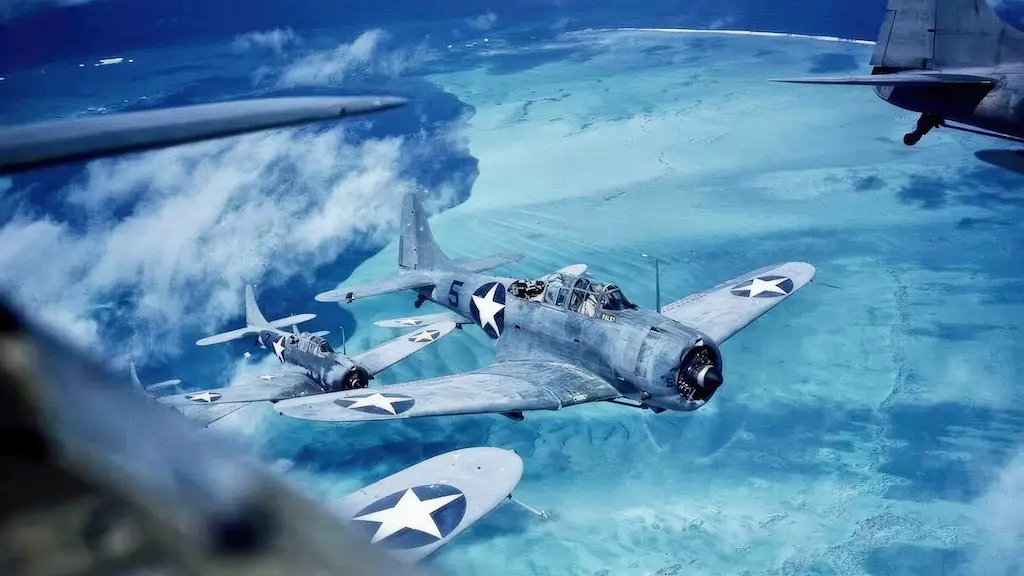
Numerous U.S. Navy, Marine Corps, and Army Air Force aircraft were present, but only the carrier-based SBD (Scout Bomber Douglas) Dauntless dive-bombers scored substantial hits. They were given credit for sinking the Mikuma as well as all four Japanese carriers.
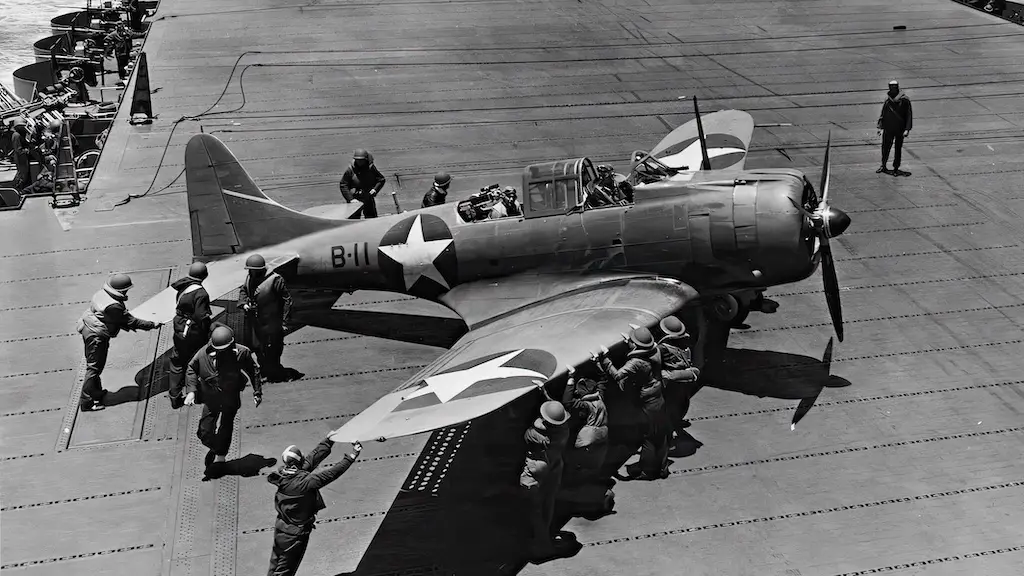
Norman “Dusty” Kleiss, the SBD’s pilot, took off from the Enterprise. He joined the other 31 SBDs of Scouting Squadron 6 (VS-6) on June 4, 1942, in one of many American assaults on the Japanese carriers. His bomb landed on the flight deck of the Kaga, igniting massive fires that caused the ship to capsize.
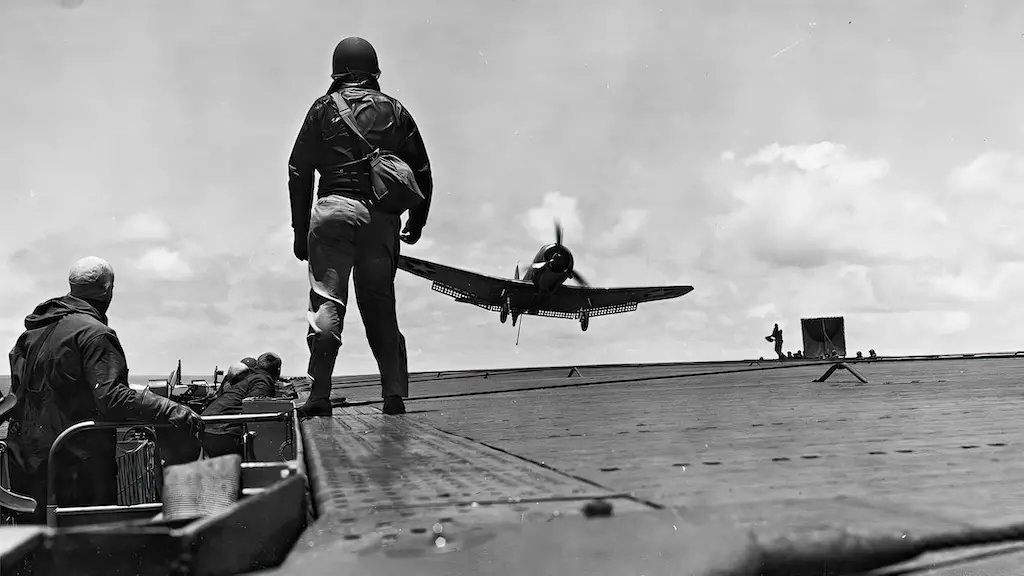
Square in the face
Later on that day, the Hiryu was assaulted by Kleiss and 23 additional SBDs. Kleiss made a direct hit. Over the following two days, he flew two more sorties, hitting the Mikuma square in the face.
Throughout the conflict, he was the only dive-bomber pilot to land three direct strikes on Japanese ships. For his actions, he received the Navy Cross. Before leaving the Navy, Lieutenant Junior Grade Kleiss advanced to the rank of Captain.
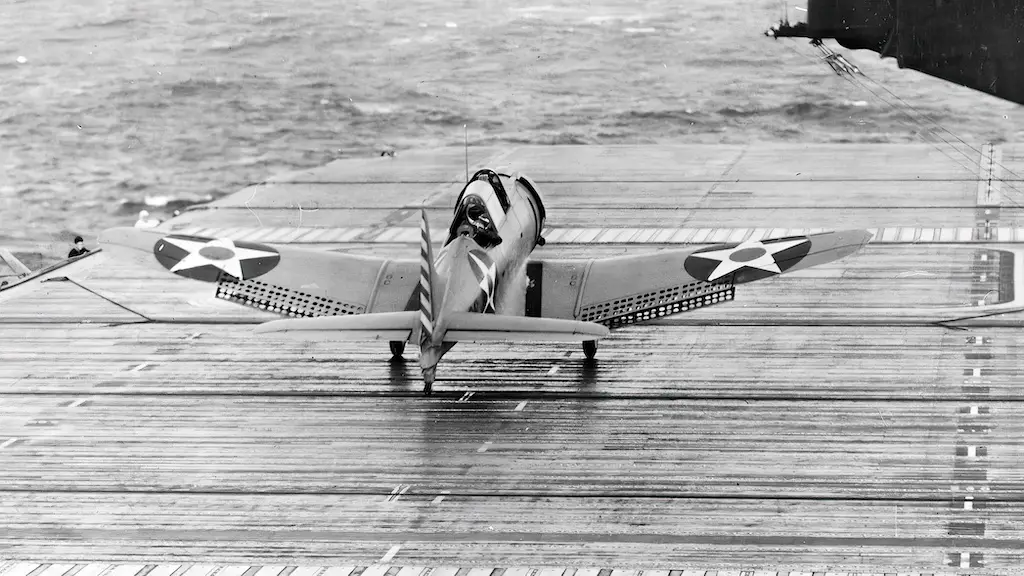
Dive Tactics
SBDs employed a dive angle of roughly 70 degrees, which was practically straight down, which had two major benefits: First, it was challenging for Japanese gunners to land shots at such a sharp angle. The carriers’ guns had to be raised to steep angles, which made leading and tracking considerably more challenging.
An aircraft was forced to fly through an anti-aircraft (AA) fire by barrage fire (firing at a preset point), but due to the high dive angle, they swiftly surveyed the area. The high dive angles complicated Japanese Zero attacks as well.
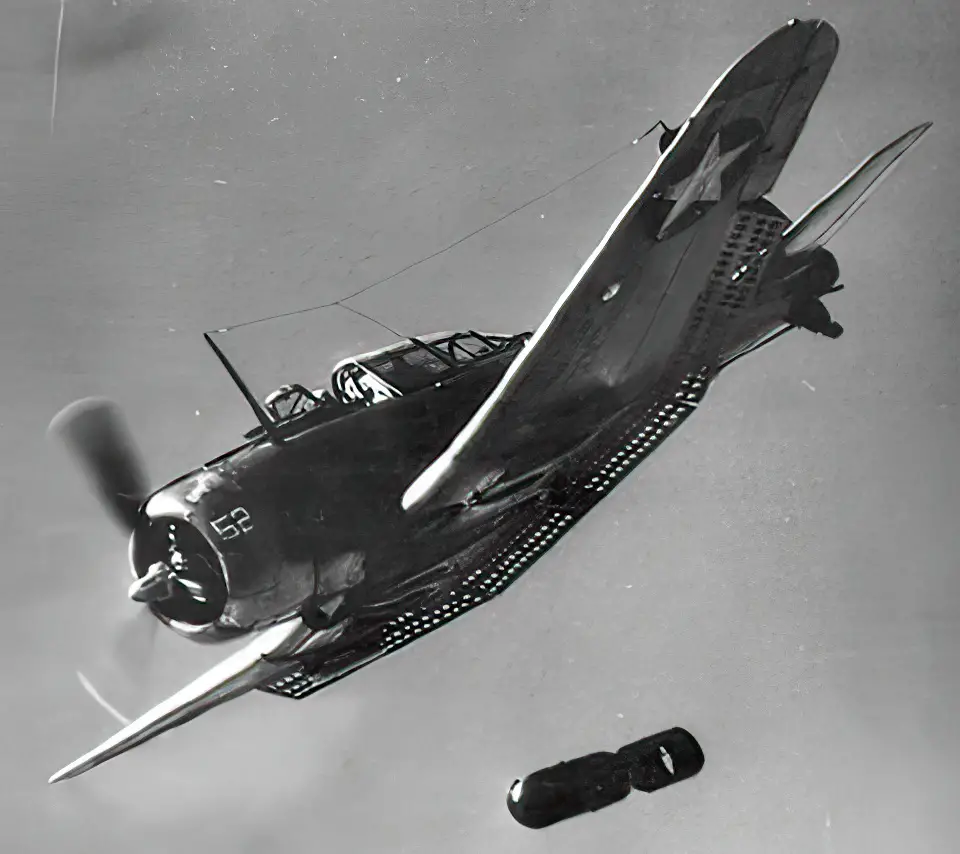
Accuracy
Second, the accurate bombing was greatly improved by high dive angles. Short hits were frequently the result of shallow “glide bombing,” which also made the attacker aircraft more susceptible. Diver-bomber pilots frequently referred to the act as “hurling yourself at the ground,” and it needed much training.
What was it like to fly an SBD?
Typically, the SBD pilot cruised at around 150 knots while approaching his target at heights between 15,000 and 20,000 feet (one knot equals one nautical mile per hour). Just before pushover, they would turn the superchargers blower down to “low” and raise the engine RPM to “high.” They wouldn’t require the “high blower power “because Their pullout would be at a low altitude.
The pilot pushed the stick well forward to start their steep drop as the target started to vanish under the plane’s nose and passed beneath their feet. As he did this, the pilot would raise a little in his seat, causing several loose items in the cockpit to float.
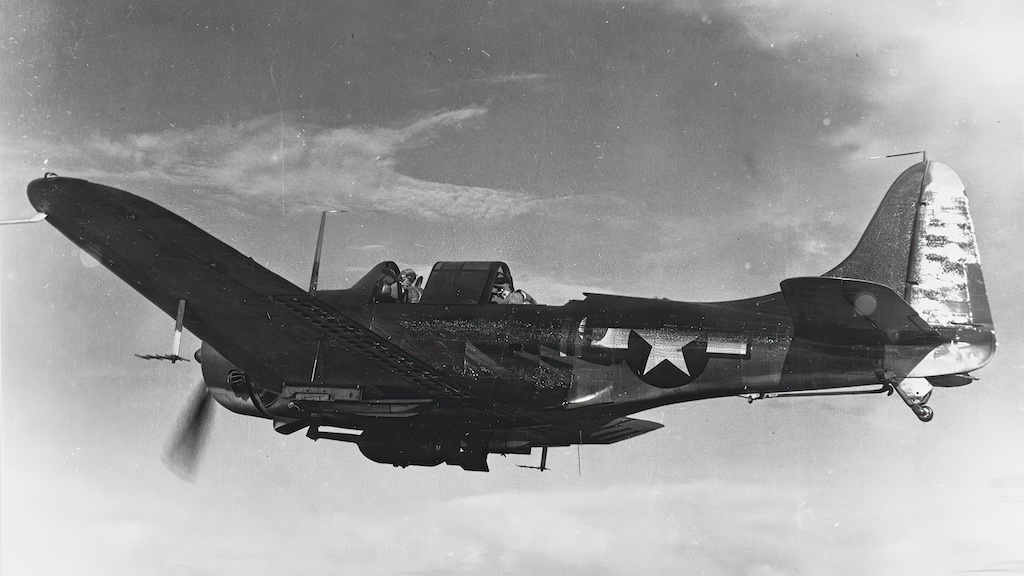
Dive flaps
The pilot would activate the “dive flaps” of the SBD, which were perforated devices on the back of the wing that significantly increased drag in order to prevent the airspeed from exceeding pre-planned limitations. Pullout heights were greater without the diving flaps, which increased exposure to enemy fire and decreased accuracy.
Bomb-release heights were typically 2,000 to 2,500 feet above the target. However, they may be lower if more “g’s” were applied during the pullout. Indicated airspeeds during releases were typically between 240 and 250 knots.
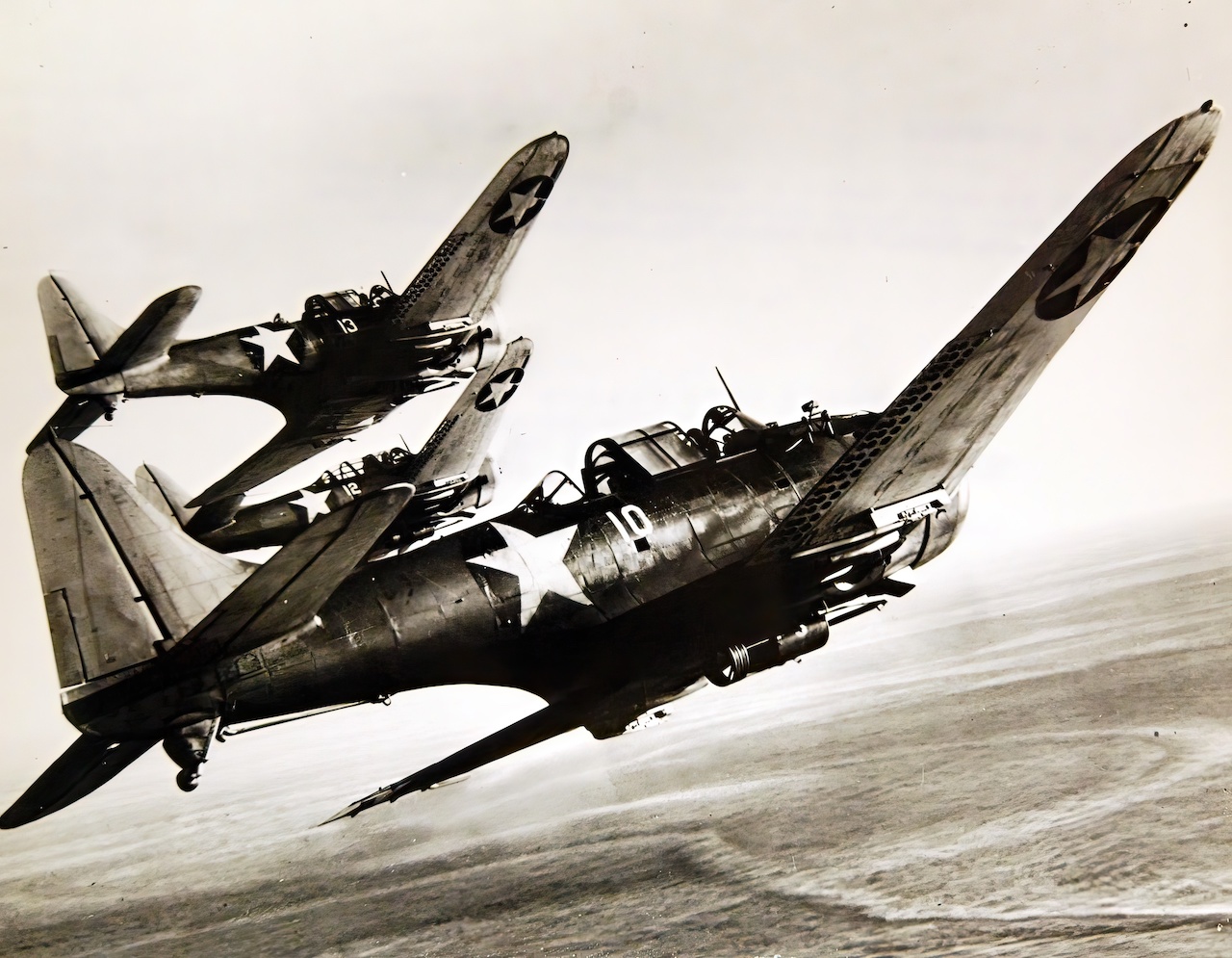
The Japanese were a tough enemy to beat
Despite eight separate strikes by a total of 94 planes, not a single American bomb or torpedo had damaged a Japanese ship in the first three hours of the combat. The tide then shifted. In an oral history recorded years later, Wildcat pilot Jimmy Thach described trying to hold off the Zeros with five other pilots:
“The air was just like a beehive…. I was utterly convinced that we weren’t any of us coming back because there were still so many Zeros…. And then I saw a glint in the sun that looked like a beautiful silver waterfall. It was the dive-bombers coming in.”

